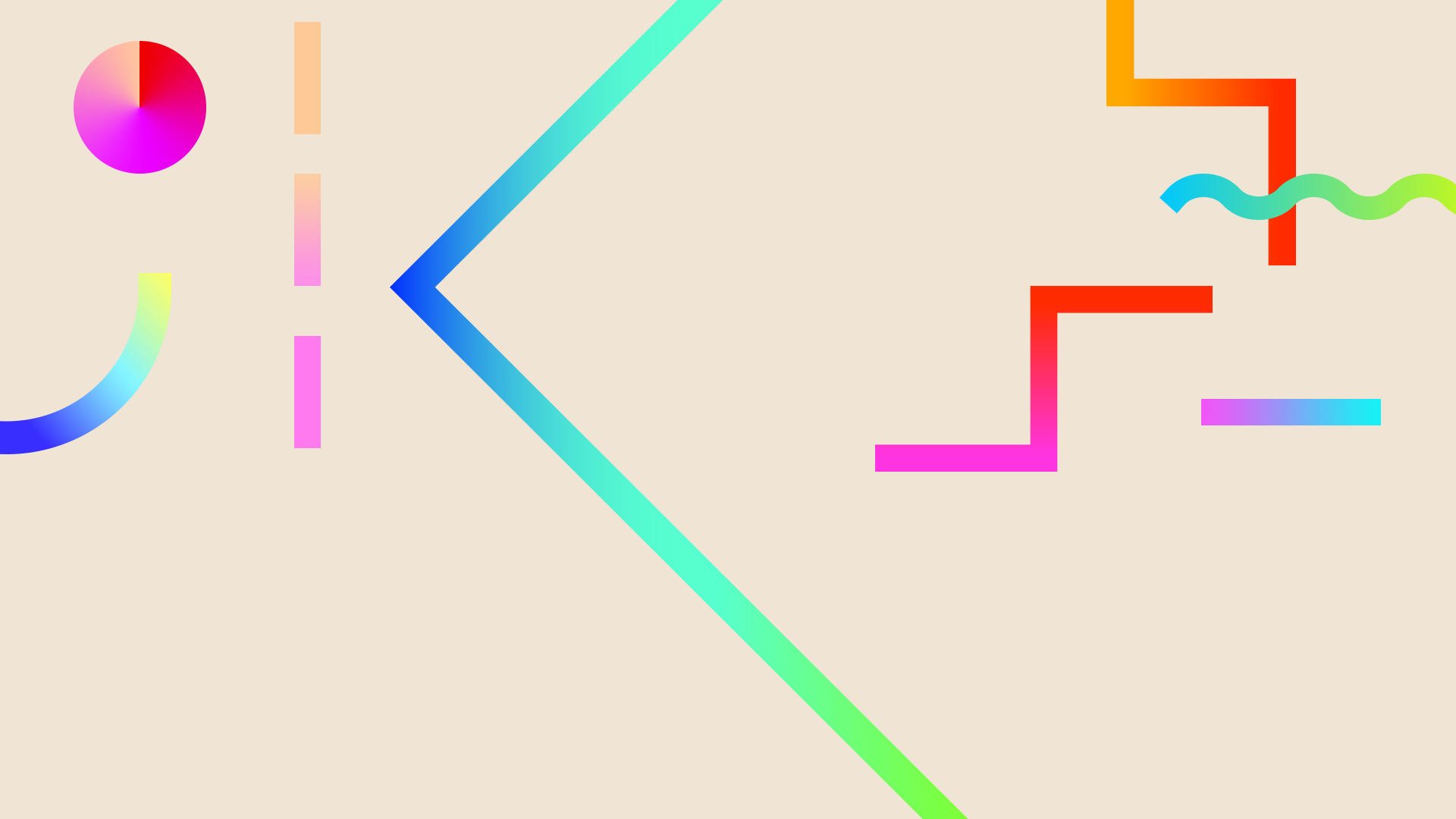
The Different Colours of Music
Erasmus Plus Project N. 2017-1-IT02-KA201-036699


Music for Everyone, Music with Everyone
“The European Commission support for the production of this publication does not constitute an endorsement of the contents which reflects the views only of the authors, and the Commission cannot be held responsible for any use which may be made of the information contained therein”



Agrupamento de escolas de Maximinos, situated in Braga, is formed by 5 primary schools, 3 kindergarden, an elementary school and a secondary (the secondary school - Esmax; the E.B.2,3 Frei Caetano Brandão ( where this project will be developed - students from 9 to 15 years old), E.B.1 da Gandra; E.B.1 de Maximinos: E. B. 1 de Estrada; E.B.1 de Gondizalves and E.B.1 da Naia; Preprimary of Naia; preprimary of Estrada and preprimary of Gondizalves
The number of students is around 1800. We are a reference school for blinds and we have students from different countries and different economical/cultural backgrounds, like Brasil, Romania, China or the Africa continent. We have Classical Dance as vocacional/artistical learning in the curriculum as well as Classical Music integrated in the normal curricula of the public schools . So, the students in this articulated artistical/vocational learning at the end of the cycle have a double certification: the normal curricula and the certification of artistical learning.
There are many students with economical difficulties due to the financial crisis the country is in. The unemployement is considerable (2015 - 17%) as well as the emigration of young people (looking for their first job) The schools are in the perimeter area of the city of Braga, and the school has students from the city center as well as rural areas surrounding the city. This fact implies that the school is a TEIP school which means that is a Educational Territory of Priority Intervention; has students from low economical and low cultural background (the percentage of students with economical subvention is 38%); there are several students specially from different ethnic groups that abandon the school system (especially gypsies, African and some with low economical background). The quality system associated to the curricula is the formal and certificated system extended to all Dance and music vocational/artistic schools.


Why "The different colours of music"?
The Conservatory and the school in Portugal are specialized in music teaching. Besides regular subjects (like maths, history, languages) they have a specific curriculum about music: music theory, composition, orchestra, choir, chamber music and many instruments (strings, percussion, keyboards and wind instrument and also sing classes). They have also an optional classical dance course in association with Royal Academy of Dance. Theiy have blind and partially sighted students. Their musical experiences with talented but also with disabled students enhanced the scope of the project and all partners, giving an extraordinary value. As the Conservatory has not experiences in EU projects, they further enriched their methodologies.
Conservatório de Música Calouste Gulbenkian of Braga is a public school located in the north of the country, in the city of Braga. It was built in 1971 and is currently part of a set of six educational institutions in the country where music specialization is developed.
Our students are aged between 6 and 18 (from the 1st to the 12th grade). We also work in partnership with two groups of students from Maximinos School, to whom we have been teaching part of the musical artistic curriculum since 2015. These students are aged 10 to 12 years old. The number of students attending our facilities is 630 and the students from Maximinos are 34. It is in this cooperation context with Maximinos School that we have blind and partially sighted students. Blind students learn Braille Music. We have some appropriate equipment to support the teaching and learning process, namely music writing software.
We are a model school as far as the teaching of music is concerned, once we have our own curricula (artistic teaching of music) integrated with general subjects in all grades. The attendance of the Conservatory in high school aims at accessing university in the scientific area of music.
Thus, in the curriculum we have subjects such as Mathematics, History, Languages, among others, combined with Musical Theory, Composition, Orchestra, Choir, Chamber Music and Instrument learning (wind instruments, strings, percussion, piano, singing). We also have an optional dance course in association with the Royal Academy of Dance. About 135 teachers work at the Conservatory, most of them (more than 100) are from music area.